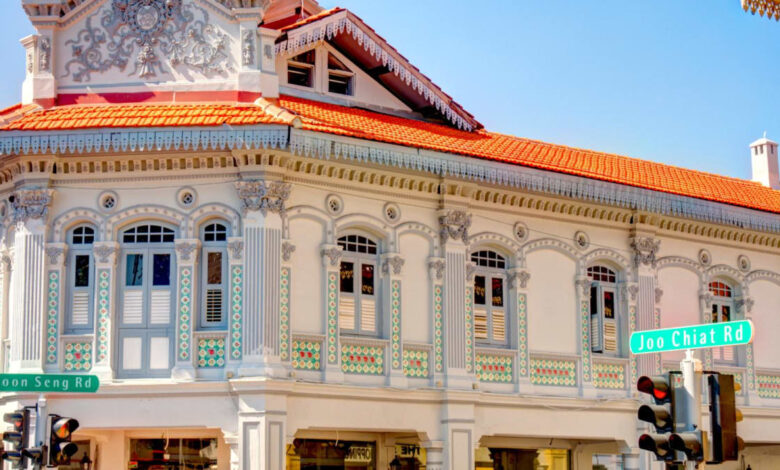Singapore’s shophouses — hotter than Fifth Avenue in New York?

Singaporean Aileen Tan has seven or eight businesses located around culturally rich Kampong Glam in heritage shophouses, including the popular Blu Jaz cafe. The area borders Little India and is known for its textiles shops and local cuisine eateries as much as its bars and cafes. She has been trying to engage government authorities to help shield tenants and protect communities.
“Money from wealthy foreigners is going into shophouses and there has been a lot of flipping for profits and it is affecting tenants,” she says. Tan is on her third landlord for a property that she rented two years ago. She is worried about the increase the latest owner will want for her upcoming renewal.
Tan has been doing business in the area for 20 years, working with other tenants in encouraging live music or getting local artist friends to paint murals on the sides of shophouses along the famous Haji Lane. But the mix has changed, and new tenants such as photo booths and souvenir chains do not care about the heritage aspect of shophouses, she argues.
The slowdown in the market for shophouses presents an opportunity, say local industry players, to think about the role shophouses should play within communities. More institutional owners and landlords are expanding efforts to showcase the buildings’ heritage value. In 2020, for example, the wealthy Spanish Portabella family acquired a residential shophouse on Neil Road with the intention of donating it to support research and training in conserving shophouses.
Fang Low, founder and chief executive of Figment, works with owners of commercial and residential shophouses, encouraging them to “bring back the soul” to shophouses by working with artists and other creatives, often converting them back to residences. One of his projects has been repurposing shophouses that became karaoke bars and massage parlours in one of Singapore’s former red light districts. “Shophouses were homes to begin with and people forget you can live in these.”
Low grew up in a shophouse and returned from overseas alarmed at the “copied and pasted” urban landscape of condominiums and government housing blocks. “We work with mainly foreign families but I am seeing more local Singaporeans now as appreciation grows for shophouses’ heritage,” Low says.
One such Singaporean is Andy Lim, of JL Family Office, who says he got into the shophouse market “by chance” during the pandemic. He bought one shophouse, now home to his family office on Club Street, in 2020, and a another across the road in 2021 — even as prices continued to rise.
“I realised there was a lot more history in this space than in the real estate I had been doing. In school I never learnt anything about this heritage,” Lim says.
Such owners are willing to pay the higher prices that shophouses now command. Lim’s second shophouse cost S$26 million, compared with S$21.8 million when it last sold in 2018. But rather than renting the second property out to the highest-paying tenant, Lim has kept the space free for the public to use as a “social impact hub”. Community groups are among those that use the building for minimal cost, with Lim giving up roughly S$500,000 in annual market rent.

